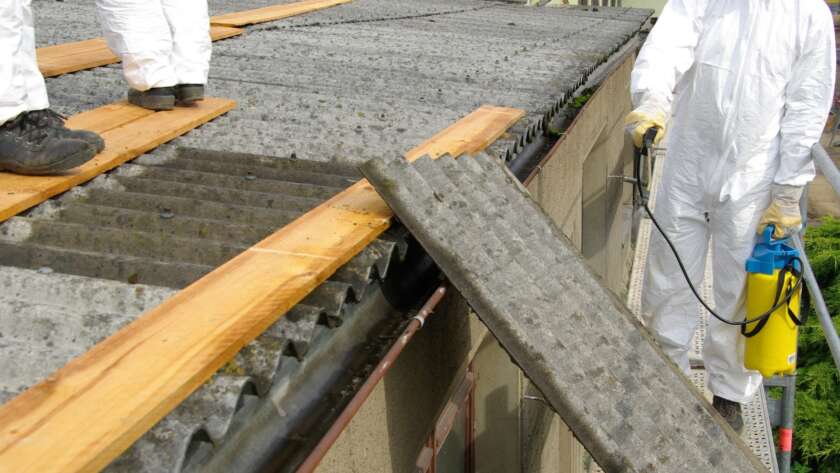Blogs
The Important Role of an Engineer in a Residential Renovation
Posts Planning to remodel your home is always exciting. You think about fresh designs, better layouts, and smooth finishes. But before you start hammering down your walls, there is a […]
What to Expect on a Commercial Building Inspection Report
Posts The biggest challenge while managing or owning a commercial property is risk management. It’s the commercial building inspection report that is known as the most crucial tool to help […]
The Toxic History of Lead Paint and Its Heavy Repercussions
Posts The walls of older homes might have been brushed on layer after layer with toxic paint. At first glance, lead-based paint seems like just another relic of outdated construction. […]
Steps to Take After a Positive Asbestos Test Result
Posts Finding out that your home or property has tested positive for asbestos can be unsettling. Whether you’re a homeowner planning a renovation or a buyer doing due diligence, a […]
What Are the Risks Associated With Leaving Asbestos in Place Versus Removing it Completely?
Posts Asbestos is a genuine concern if you live in an older property. Once praised as a ”miracle material” for insulation, fireproofing, and construction, asbestos is now known for something […]
Top Most Common Myths About Radon Testing
Posts When it comes to hidden dangers in our homes, radon is one of the least understood. You can’t see it, you can’t smell it, and you can’t taste it. […]
The Importance of Water Quality Testing for Residential and Commercial Properties
Posts Most of us take water for granted. You turn on the tap, and there it is, seemingly clean and ready to drink, cook with, or use in your chores. […]
The Hidden Dangers of Lead in Older Buildings: What Owners Need to Know
Posts The charm of older buildings is irresistible. Everyone loves beautiful bricks, exteriors, original hardwood floors, and vintage details. But the older buildings come with hidden risks. One of the […]
The Three Phases of Construction: A Comprehensive Guide
Posts Building a home or launching a construction project brings a significant commitment with it. Whether you’re a homeowner working with a builder or a real estate investor managing a […]
7 Reasons Why You Should Use an Asbestos Consultant
Posts If you’re dealing with an older property, planning renovations, or just buying a charming vintage home, there’s one word you’ll hear sooner or later, and that is “asbestos”. You […]
GreenWorks Inspections - Your One-Stop-Shop For All Inspection Needs
Our comprehensive set of services provide thousands of Texans with expert advice, plans and results, and all that under one roof!











